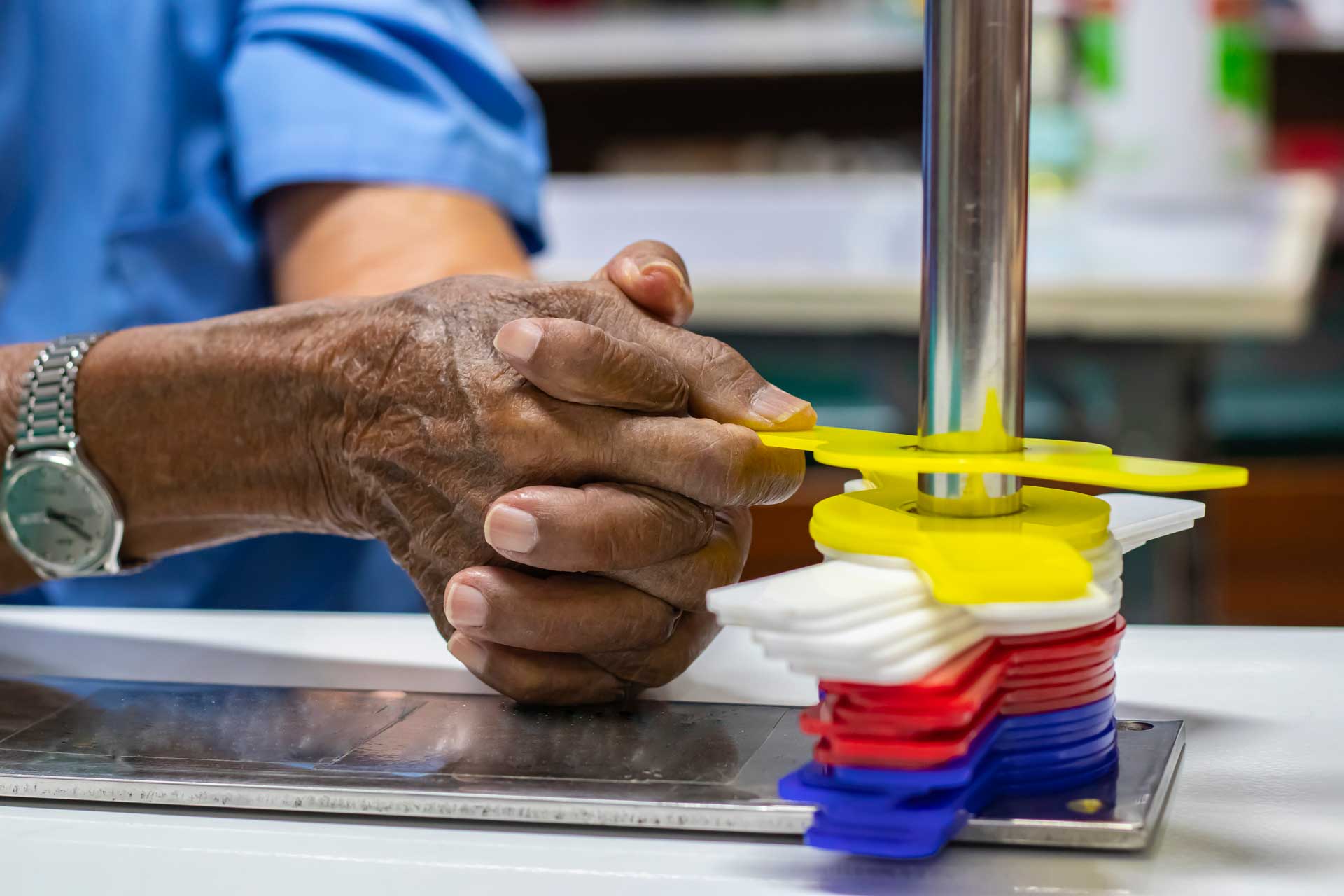Occupational therapy (OT) plays a crucial role in the rehabilitation process for stroke survivors. It focuses on helping individuals regain their independence and functional abilities to perform daily activities, which may have been affected due to the stroke. Here are some benefits of occupational therapy for stroke survivors:
- Restoring Independence: Stroke survivors often experience a range of physical, cognitive, and emotional challenges that can impact their ability to perform everyday tasks. Occupational therapists work with patients to regain skills necessary for activities of daily living (ADLs) such as dressing, bathing, grooming, cooking, and more. This helps stroke survivors regain their independence and boosts their self-confidence.
- Customized Treatment: Occupational therapy is highly individualized. Therapists assess each stroke survivor’s specific needs, limitations, and goals, and then develop a tailored treatment plan to address these areas. This personalized approach increases the effectiveness of therapy and ensures that progress is made in areas that matter most to the individual.
- Motor Skill Improvement: Stroke can lead to muscle weakness, paralysis, and coordination problems. Occupational therapists use various techniques and exercises to help stroke survivors improve their motor skills, muscle strength, and coordination. This may involve exercises to improve fine motor skills like handwriting or larger movements like walking or reaching.
- Cognitive Rehabilitation: Stroke can impact cognitive functions such as memory, attention, problem-solving, and reasoning. Occupational therapists employ strategies to address these cognitive challenges and help stroke survivors regain their cognitive abilities, making it easier for them to participate in daily activities.
- Adaptive Techniques: If a stroke survivor experiences permanent limitations in certain areas, occupational therapists teach adaptive techniques and strategies to compensate for these limitations. This might involve using assistive devices, modifying the environment, or teaching new methods to perform tasks.
- Emotional Support: Coping with the aftermath of a stroke can be emotionally challenging. Occupational therapists provide emotional support and guidance to stroke survivors and their families, helping them navigate the emotional aspects of recovery and promoting mental well-being.
- Community Reintegration: A major goal of occupational therapy is to help stroke survivors reintegrate into their communities. Therapists work with patients to improve their social and communication skills, making it easier for them to interact with family, friends, and others in their community.
- Fall Prevention: Stroke survivors often have an increased risk of falls due to balance and coordination issues. Occupational therapists can assess and address these concerns, providing exercises and strategies to enhance balance and reduce the risk of falls.
- Increased Quality of Life: Through the combined effects of improved physical abilities, cognitive skills, emotional well-being, and community engagement, occupational therapy contributes to an overall enhanced quality of life for stroke survivors
- Long-Term Functional Gains: Occupational therapy is not just focused on short-term recovery; it aims to provide stroke survivors with tools and strategies for long-term success. The skills learned in therapy can continue to benefit individuals as they adapt and adjust to life after a stroke
In summary, occupational therapy is a vital component of stroke rehabilitation that helps survivors regain independence, improve functional abilities, and enhance their overall quality of life by addressing physical, cognitive, emotional, and social challenges. It’s a holistic approach that supports stroke survivors in their journey towards recovery and reintegration.



